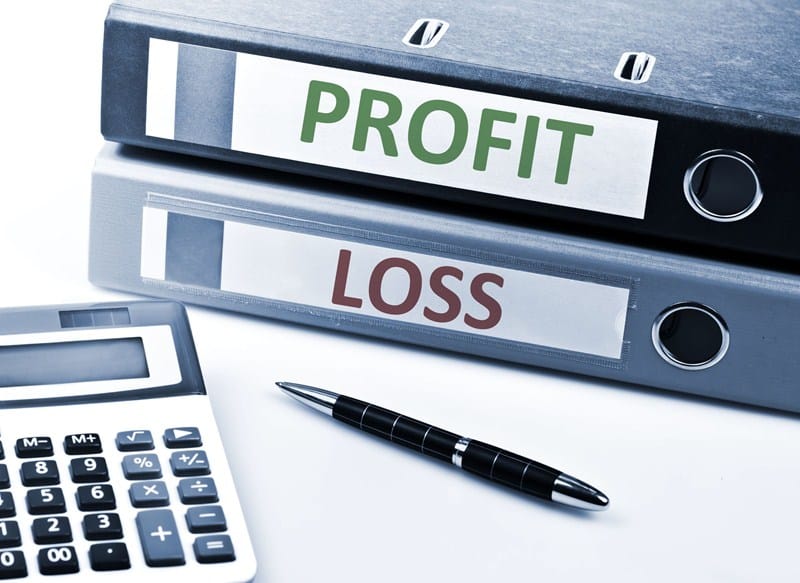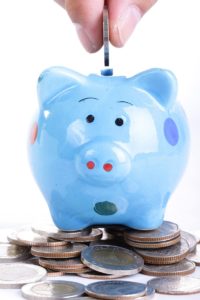The assessment of self-employed or partnerships profits is usually relatively straight-forward if the accounting date – the date to which accounts are prepared – falls between 31 March and 5 April. However, overlap profits can arise where a business year end date is not coterminous with the end of the tax year.
Overlap profits can happen in the first 2 or 3 years of the business or in any year in which there is a change of basis period because of a change of the accounting date.
For example, if a client's business starts 1 January 2018 and their chosen year end date is 31 December 2019, the basis periods are:
- 2018 to 2019, 1 January 2019 to 5 April 2019
- 2019 to 2020, 1 January 2019 to 31 December 2019
The portion of accounts from 1 January 2019 to 5 April 2019 is therefore taxed twice and is known as overlap profit.
Overlap relief can be used to reduce the profits on the final tax return when the business ceases trading or if the accounting period changes. Overlap relief is a mandatory deduction. The full amount of the relief available for a particular tax year must be given as a deduction for that tax year. No part of the deduction can be waived.
If overlap profits were created some time ago, and profits have been declining in recent years, it may be prudent to consider a change of accounting date closer to, or at the end of, the tax year. In this way, the overlap relief can be claimed and tax liabilities reduced at a beneficial time for the business or partnership. There can also be Income Tax and National Insurance savings.







